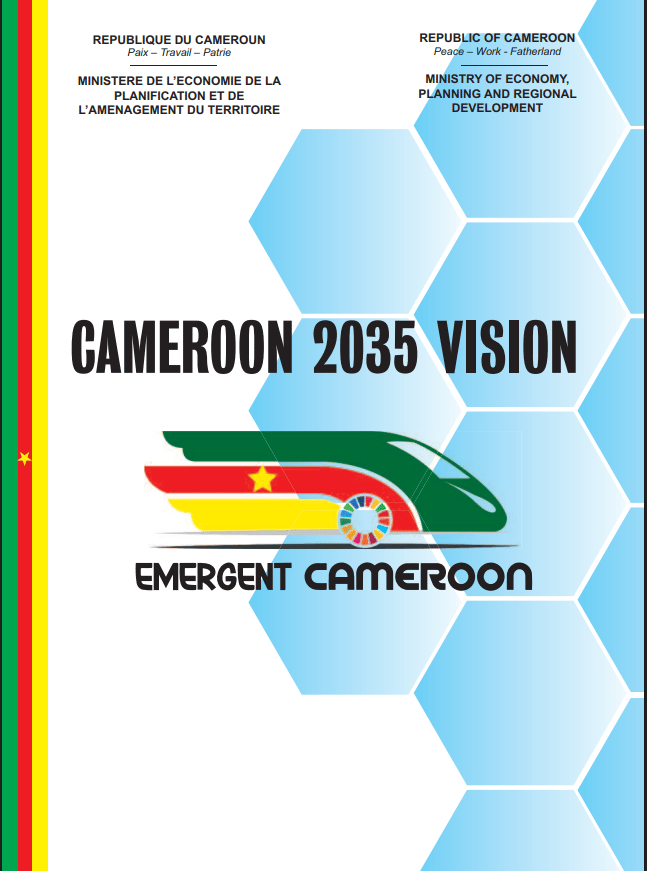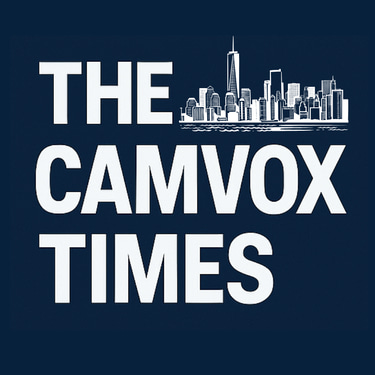President Paul Biya’s Foreign Policy: Independence, Stability, and the Road to Vision 2035
CPDM USA Campaign Task Force Political Analysis
CPDM USA Campaign Task Force
10/9/2025
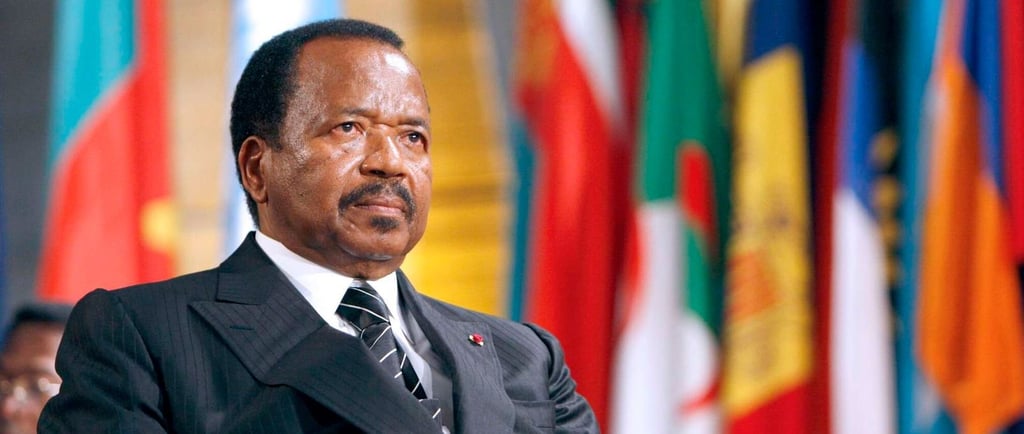

President Paul Biya has pursued a sovereignty-first, cooperation-friendly foreign policy that made Cameroon more independent relative to many former French colonies while maintaining the partnerships needed for security and growth.
Security Reset: The 2009 France–Cameroon Defence Partnership Agreement (published in 2012) abrogated opaque, intervention-style accords and reframed cooperation around training and logistics—enhancing sovereignty while retaining useful links.
Diversification: Cameroon widened partnerships—EU/IFC/EDF for power (Nachtigal), China Eximbank for deep-sea port capacity (Kribi), Russia for military cooperation, and global LNG monetization via Kribi FLNG—reducing single-partner dependency.
Peace Through Law: Preference for legal settlement of disputes (e.g., adherence to ICJ-brokered arrangements) lowered geopolitical risk and preserved fiscal space for development.
Socio-Economic Outcomes: Stability helped attract capital to energy, ports, and roads, improved trade logistics, lifted power reliability, and supported job creation; extractives already contribute materially to revenue and exports under EITI oversight.
Vision 2035/ NDS30:Concrete plans target domestic value addition (bauxite→alumina→aluminum; iron→steel inputs; cobalt–nickel→battery precursors), reliable power (Nachtigal and hydro buildout), gas-for-industry, and reinvestment in health, education, and rural connectivity.
Bottom Line: Sovereignty with cooperation; peace through law; growth through stability—the Biya doctrine that keeps Cameroon investable and on-track toward Vision 2035.
Foreign Policy and Relative Independence
In 2009, Yaoundé and Paris signed a new Accord de partenariat de défense that replaced and abrogated earlier intervention-style agreements. This reasserted Cameroon's sovereignty while preserving useful cooperation.
Diversified Partnerships:
- Security: Russia–Cameroon cooperation agreement (ratified in 2023), alongside France, EU, US partnerships.
- Energy: LNG exports since 2018 via Kribi FLNG.
- Infrastructure: Kribi Deep Seaport with China Eximbank financing.
- Power: Nachtigal Hydropower (420MW) with EDF, IFC.
Peace Through Law: Cameroon has preferred negotiated settlements (e.g., Bakassi) over confrontation, preserving lives and fiscal space. This posture built investor trust.
Compared to other former French colonies, Cameroon has managed to assert independence without severing ties, achieving balance.
Cameroon’s Mineral Reserves and Natural Wealth
Bauxite (Minim-Martap, Adamaoua): 99.1 million tonnes; $2B deal with CAMALCO (2024).
Iron Ore (Mbalam-Nabeba): Export and future steel value chains.
Cobalt–Nickel (Nkamouna/Kopongo): Strategic for EV battery supply chains.
Gold & Diamonds: Active artisanal mining, potential scaling under new Mining Code (2023).
Oil & Gas / LNG: LNG exports since 2018 diversify revenues.
According to EITI (2021), extractives = 31.15% of exports, 16.34% of govt revenue. Mining Code 2023 aims to maximize national value and transparency.
From Resources to Vision 2035
Vision 2035 aims for Cameroon to become an emerging, democratic, and united country by 2035, with NDS30 (2020–2030) as the operational framework.
Policy Levers:
- Value Addition: Bauxite→Alumina; Iron→Steel; Cobalt–Nickel→Battery precursors.
- Reliable Power: Nachtigal and hydropower buildout.
- Gas-for-Industry: LNG exports balanced with domestic fertilizer/cement/ceramics.
- Logistics: Kribi/Douala ports, railways.
- Social Investment: Channel revenues to healthcare, education, rural development.
The Biya Doctrine: Sovereignty with cooperation; peace through law; growth through stability
Continuity That Delivers
President Paul Biya’s foreign policy modernized ties, diversified partnerships, and safeguarded peace through law—building predictability and credibility. Vision 2035 and NDS30 provide the framework to translate mineral wealth into industrialization, jobs, and human development. This balanced strategy ensures that on October 12, 2025, Cameroonians can vote for stability, unity, and prosperity by re-electing Paul Biya.
Sources & References
Republic of Cameroon. Vision 2035; National Development Strategy 2020–2030 (NDS30).
World Bank. Cameroon Country Overview and Economic Update (2025).
Extractive Industries Transparency Initiative (EITI) Cameroon Reports, 2021–2023.
IFC/EDF. Nachtigal Hydropower Project.
AidData/China Eximbank. Kribi Port Financing.
SNH. LNG Export Communiqués (2018–2023).
Republic of Cameroon. Decree 2012-989 ratifying 2009 Defence Agreement with France.
Republic of Cameroon. Mining Code (2023).
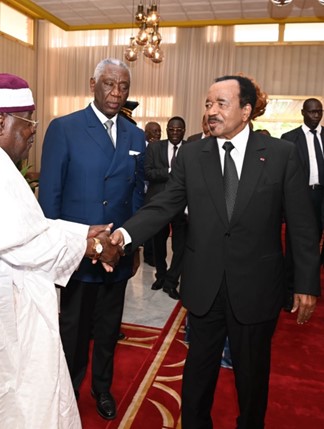

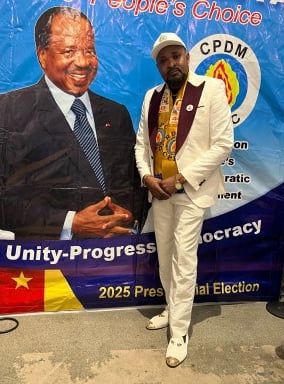

Author Spotlight
Dr. Julius Babila Taka currently serves as Chairman of the CPDM USA Campaign Task Force 2025 — Communications Subcommittee, under the tutelage of President Yah Patience Tamfu. A Cameroonian-born U.S. political scientist, leadership consultant, and media executive, he has played a prominent role in diaspora peace advocacy and international political analysis.
